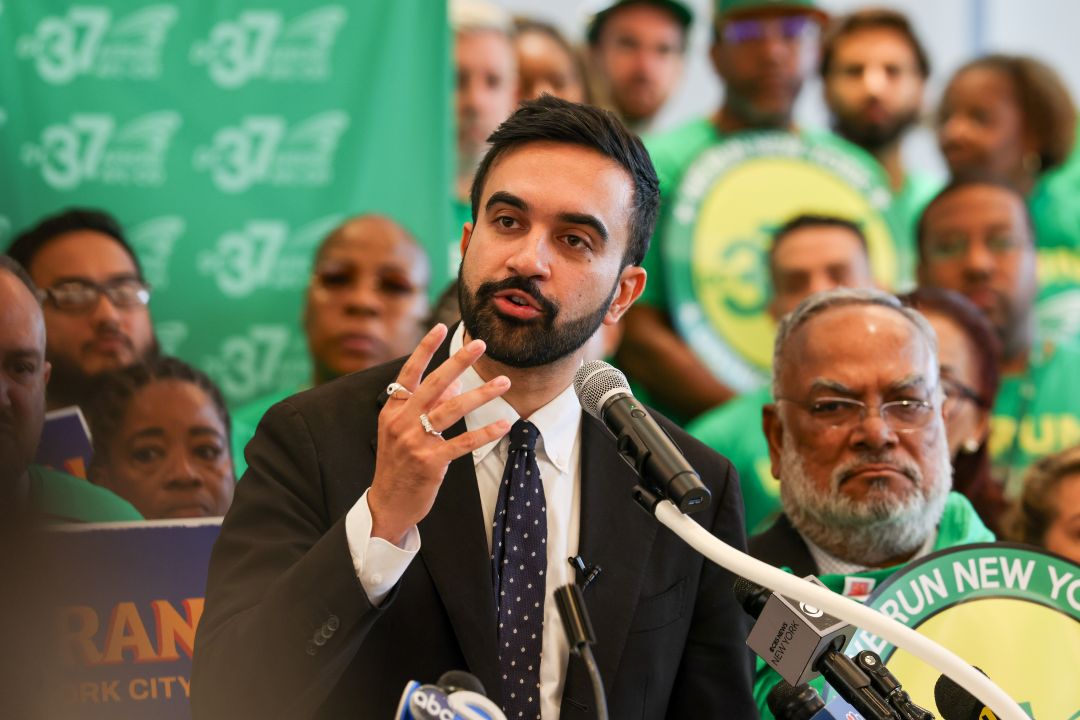New Study: Rising State Pension Costs Leading to Higher Education Cuts
States should reprioritize pension reform in order to boost higher education—both for the good of younger Americans and the nation’s future economic health.
NEW YORK, NY — America’s public colleges and universities, longtime engines of upward mobility, intellectual innovation, and economic growth, are increasingly under financial stress. A new Manhattan Institute study by senior fellow Daniel DiSalvo and CUNY assistant professor Jeffrey Kucik finds that these budget cuts are mainly driven by growth in spending on public-worker pensions. Between 2008 and 2015, state pension expenditures and liabilities have grown by an average of 61 percent, while per-student higher-education spending has fallen by over 22 percent—two trends the authors find are “inextricably linked.”
Public pensions enjoy strong legal protections and the voice of powerful interest groups, while higher-education spending is a relatively easy target for cuts. As a result, almost all states are spending less today on higher education than they did before the recession. The biggest losers from state cuts to higher education are students from low-income backgrounds, for whom public education has historically served as an avenue of upward mobility.
Given their findings, DiSalvo and Kucik make the case that states are currently failing to strike the appropriate balance between past and future. Reprioritizing pension reform is critical to boost higher education, for the good of younger Americans and the nation’s future economic health.
Click here to read the full report.
Are you interested in supporting the Manhattan Institute’s public-interest research and journalism? As a 501(c)(3) nonprofit, donations in support of MI and its scholars’ work are fully tax-deductible as provided by law (EIN #13-2912529).


